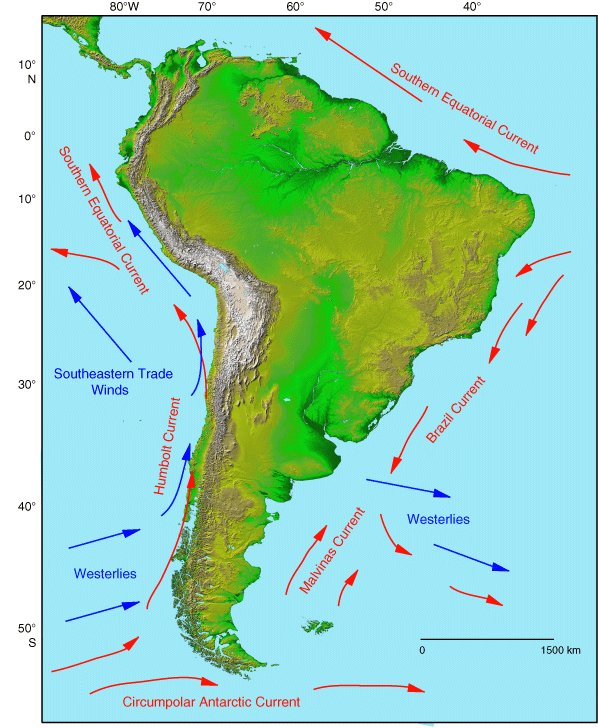There has been quite a buzz amongst the scientists down in Brazil as 29 makes her way south along the shelf. The region we are presently flying through is notorious for eddy formation and researchers are keen on looking at the data as Challenger makes her way through the region. Last week, looking at the models it seems we may have cut our way through the position of a potential eddy while we may be on the verge of entering a new one.
Looking at the forecasted structure of the water column, in the top few hundred meters there appears to be a strong clockwise spinning eddy while at depth there is a northward jet flowing along the shelf when inquiring the MyOcean model. The RTOFS model on the other hand shows a counter clockwise spinning eddy at depth to the south east of the gliders location. The eddy most evident in the surface layers of the MyOcean model will be a prime subject to delve into in the coming weeks.
Force Wind Sea and Honor
















